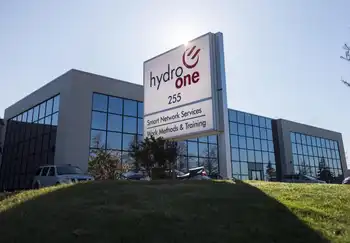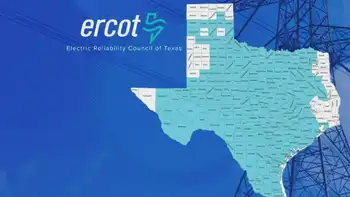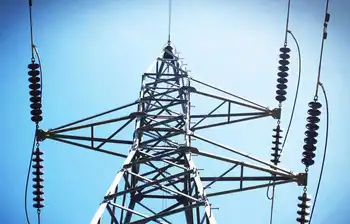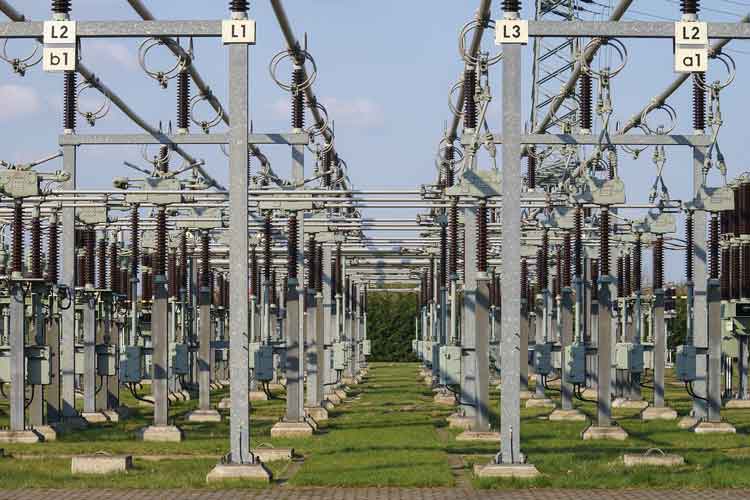Think Global automaker looking at U.S. plant
ELKHART COUNTY, INDIANA - Norwegian electric carmaker Think Global said it plans to build vehicles in the United States in 2011 and has picked a site in Indiana for its U.S. manufacturing facility.
Think said it plans to assemble vehicles in Elkhart County and would invest $43.5 million in building improvements and equipment.
The company estimates its investments will support manufacturing capacity for more than 20,000 vehicles a year.
Lithium-ion battery maker Ener1 Inc, which has a 31 percent stake in Think Global, also has a manufacturing site in Indiana.
Think Global, which emerged from court protection last year, said it started delivering the latest generation of its electric car to customers in Europe in December.
The Think City all-electric vehicle can travel more than 100 miles on a single charge, the company said.
In addition to incentives provided by the State of Indiana and Elkhart County, Think said it plans to utilize funding from the U.S. loan program to establish its new production facility.
Think has been in the electric car space since the 1990s but has changed owners and struggled for cash through the years.
It was formerly part of U.S. automaker Ford Motor Co and its Think City electric car was produced after Ford took a major stake in 1999.
Related News

Hydro One reports $1.1B Q2 profit boosted by one-time gain due to court ruling
TORONTO - Hydro One Ltd. reported a second-quarter profit of $1.1 billion, boosted by a one-time gain related to a court decision.
The power utility says it saw a one-time gain of $867 million in the quarter due to an Ontario court ruling on a deferred tax asset appeal that set aside an Ontario Energy Board decision.
Hydro One says the profit amounted to $1.84 per share for the quarter ended June 30, up from $155 million or 26 cents per share a year earlier.
On an adjusted basis, it says it earned 39 cents per share for the quarter, up from an…




